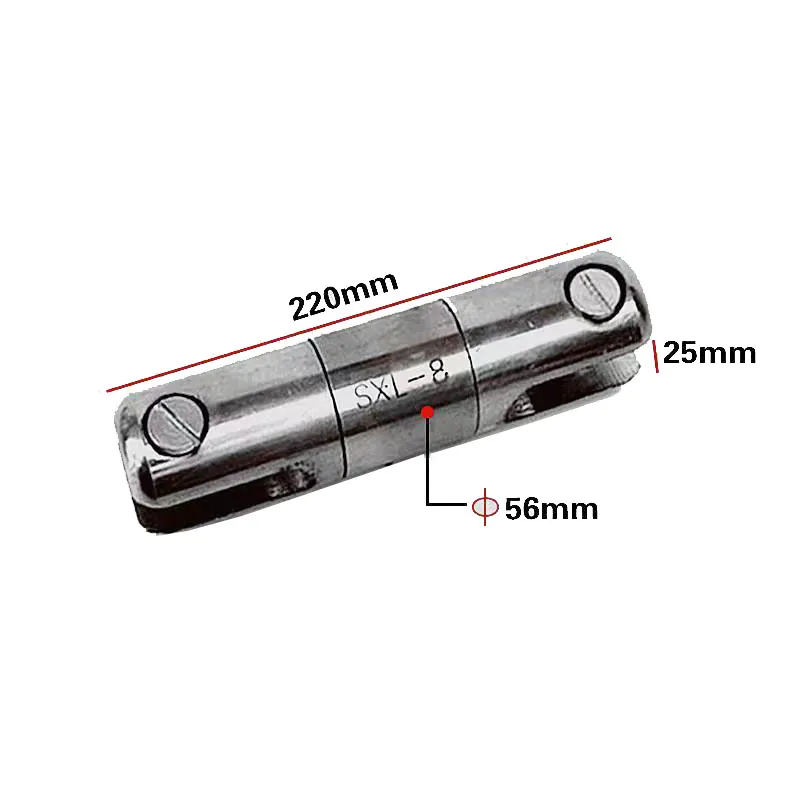
-
 Afrikaans
Afrikaans -
 Albanian
Albanian -
 Amharic
Amharic -
 Arabic
Arabic -
 Armenian
Armenian -
 Azerbaijani
Azerbaijani -
 Basque
Basque -
 Belarusian
Belarusian -
 Bengali
Bengali -
 Bosnian
Bosnian -
 Bulgarian
Bulgarian -
 Catalan
Catalan -
 Cebuano
Cebuano -
 Corsican
Corsican -
 Croatian
Croatian -
 Czech
Czech -
 Danish
Danish -
 Dutch
Dutch -
 English
English -
 Esperanto
Esperanto -
 Estonian
Estonian -
 Finnish
Finnish -
 French
French -
 Frisian
Frisian -
 Galician
Galician -
 Georgian
Georgian -
 German
German -
 Greek
Greek -
 Gujarati
Gujarati -
 Haitian Creole
Haitian Creole -
 hausa
hausa -
 hawaiian
hawaiian -
 Hebrew
Hebrew -
 Hindi
Hindi -
 Miao
Miao -
 Hungarian
Hungarian -
 Icelandic
Icelandic -
 igbo
igbo -
 Indonesian
Indonesian -
 irish
irish -
 Italian
Italian -
 Japanese
Japanese -
 Javanese
Javanese -
 Kannada
Kannada -
 kazakh
kazakh -
 Khmer
Khmer -
 Rwandese
Rwandese -
 Korean
Korean -
 Kurdish
Kurdish -
 Kyrgyz
Kyrgyz -
 Lao
Lao -
 Latin
Latin -
 Latvian
Latvian -
 Lithuanian
Lithuanian -
 Luxembourgish
Luxembourgish -
 Macedonian
Macedonian -
 Malgashi
Malgashi -
 Malay
Malay -
 Malayalam
Malayalam -
 Maltese
Maltese -
 Maori
Maori -
 Marathi
Marathi -
 Mongolian
Mongolian -
 Myanmar
Myanmar -
 Nepali
Nepali -
 Norwegian
Norwegian -
 Norwegian
Norwegian -
 Occitan
Occitan -
 Pashto
Pashto -
 Persian
Persian -
 Polish
Polish -
 Portuguese
Portuguese -
 Punjabi
Punjabi -
 Romanian
Romanian -
 Russian
Russian -
 Samoan
Samoan -
 Scottish Gaelic
Scottish Gaelic -
 Serbian
Serbian -
 Sesotho
Sesotho -
 Shona
Shona -
 Sindhi
Sindhi -
 Sinhala
Sinhala -
 Slovak
Slovak -
 Slovenian
Slovenian -
 Somali
Somali -
 Spanish
Spanish -
 Sundanese
Sundanese -
 Swahili
Swahili -
 Swedish
Swedish -
 Tagalog
Tagalog -
 Tajik
Tajik -
 Tamil
Tamil -
 Tatar
Tatar -
 Telugu
Telugu -
 Thai
Thai -
 Turkish
Turkish -
 Turkmen
Turkmen -
 Ukrainian
Ukrainian -
 Urdu
Urdu -
 Uighur
Uighur -
 Uzbek
Uzbek -
 Vietnamese
Vietnamese -
 Welsh
Welsh -
 Bantu
Bantu -
 Yiddish
Yiddish -
 Yoruba
Yoruba -
 Zulu
Zulu


Nov . 01, 2024 09:53 Back to list
Adjustable Ratchet Lifting Mechanism for Enhanced Measurement and Precision in Wheel Applications
The Ratchet Lifting Device and Measuring Wheel A Versatile Combination
In the realms of engineering and construction, efficiency and precision are paramount. Among the various tools available, the ratchet lifting device paired with a measuring wheel emerges as a powerful duo that enhances both lifting and measuring capabilities. This article delves into the functionalities and applications of these tools, highlighting their significance in various industries.
The ratchet lifting device is designed to facilitate the movement of heavy loads with ease. Its mechanism relies on a ratchet and pawl system, which allows for the lifting of weights without the risk of backsliding. This feature is especially beneficial when dealing with heavy machinery, construction materials, or even in transportation scenarios. Users can incrementally lift objects to the desired height, securing them in place and reducing the risk of accidents associated with lifting heavy items. The ratchet lifting device is often employed in construction sites, warehouses, and during outdoor events where heavy equipment needs to be repositioned or elevated.
On the other hand, the measuring wheel serves as a valuable tool for distance measurement. Equipped with a wheel that rolls along the ground, it provides an efficient means of gauging distances with minimal effort. The measuring wheel's accuracy makes it indispensable for surveyors, landscapers, and construction professionals who need to measure large areas or plot land. By simply walking the wheel along the desired path, users can determine distances accurately, allowing for proper planning and execution of projects.
ratchet lifting device - measuring wheel

When combined, the ratchet lifting device and the measuring wheel create a comprehensive toolkit that enhances productivity on job sites. For instance, when setting up structures or lifting materials to designated heights, precise measurements are crucial. The measuring wheel allows users to determine distances from a point of origin to the lifting site, ensuring that materials are positioned correctly and reducing the need for unnecessary adjustments. This synergy not only saves time but also minimizes the risk of errors that can lead to costly project delays.
Furthermore, both devices are typically lightweight and portable, making them easy to transport across different job sites. Their simple operation requires minimal training, allowing teams to quickly adapt and integrate them into their workflow. This responsiveness is particularly valuable in today’s fast-paced work environments, where efficiency can make a significant difference in overall project timelines.
In conclusion, the ratchet lifting device and measuring wheel represent essential tools in the construction and engineering industries. By understanding their capabilities and utilizing them in unison, professionals can streamline operations, enhance safety, and ensure precise outcomes in their projects. As technology continues to advance, these classic tools remain relevant, proving that sometimes the simplest mechanisms can offer the most effective solutions.
Latest news
What Are Construction Tools and How Are They Used?
NewsJul.11,2025
Professional-Grade Duct Rodding Tools for Superior Cable Installation
NewsJul.11,2025
Enhancing Safety and Efficiency with Modern Hot Stick Solutions
NewsJul.11,2025
Empowering Cable Installation with Advanced Rodder Solutions
NewsJul.11,2025
Elevate Your Cable Installation Projects with Cable Pulling Tools
NewsJul.11,2025
Efficient Cable Handling Solutions: Cable Rollers for Sale
NewsJul.11,2025











